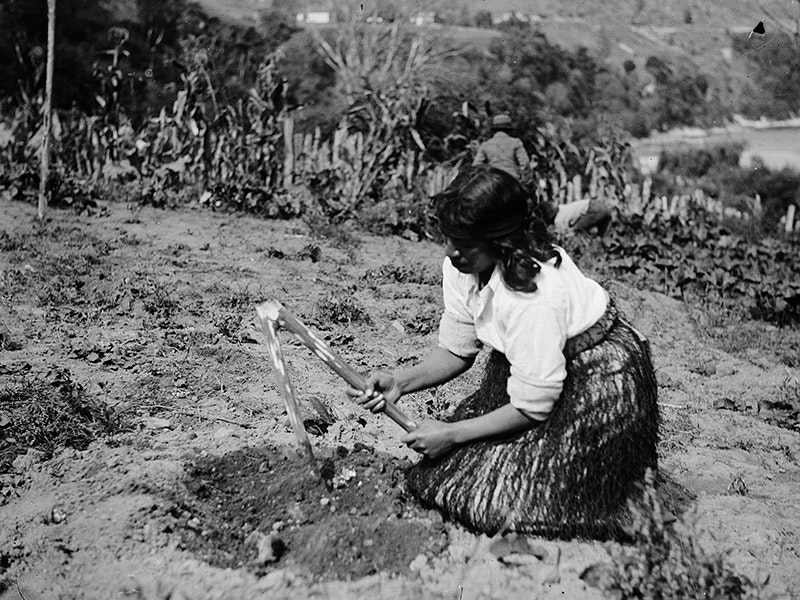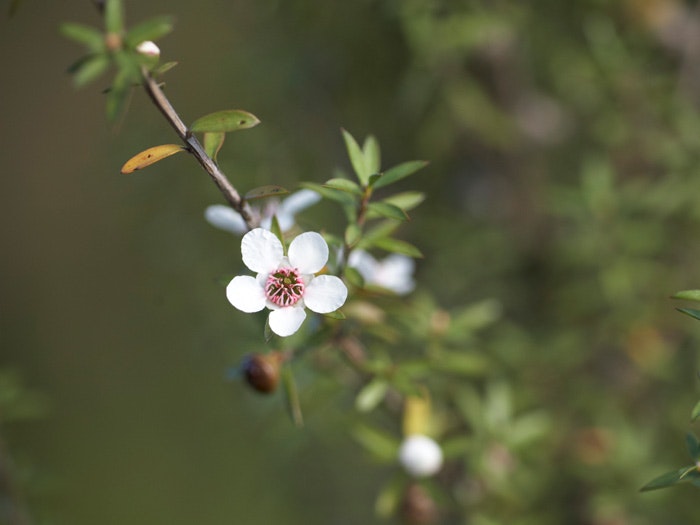
Māori gardening tools
Traditionally, Māori were essentially an agricultural people, with a large portion of their time and attention being given to cultivation.
Free museum entry for New Zealanders and people living in New Zealand
Open every day 10am-6pm
(except Christmas Day)
Free museum entry for New Zealanders and people living in New Zealand
Taewa (or rīwai) is a collective name for the varieties of potatoes (Solanum tuberosum) cultivated by Māori.
Before European settlement, taewa was a staple food crop for Māori. By the 1800s, it had also become an important commercial crop, playing a key role in the introduction of Māori to European economics.
Māori acknowledge that some potato varieties arrived with early explorers, sealers, and whalers during the 18th century. They also have traditions that relate the existence of taewa well before this period. In recent times, some varieties of taewa have been lost, but due to research and indigenous gardening projects, a few varieties have survived.
Karuparerā. Image courtesy of Nick Roskruge
Round, with dark purple skin and deep white eyes. The name likens these rīwai to the eyes of a duck. Good to bake, boil, or chip. A good keeper.
Huakaroro. Image courtesy of Nick Roskruge
Cream-coloured skin and flesh, and a buttery taste. Good to bake, boil, or chip. A good keeper.
Raupī. Image courtesy of Nick Roskruge
Round with yellow and purple speckled skin. Cream-coloured flesh and excellent texture. Good to bake, boil, or chip. A good keeper.
Moemoe. Image courtesy of Nick Roskruge
Multi-coloured skin with cream-coloured, patterned flesh. Good to bake, boil, or chip. A good keeper.
Taewa (tutaekuri). Image courtesy of Nick Roskruge
Long yam-like tuber with dark purple skin and purple flesh. Good to bake, boil, or chip. Average keeper.

Traditionally, Māori were essentially an agricultural people, with a large portion of their time and attention being given to cultivation.

Discover the nights in the Māori lunar month, and the activities related to them.

Rongoā Māori is the traditional Māori healing system. Ailments are treated in a holistic manner.